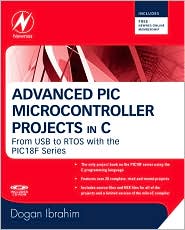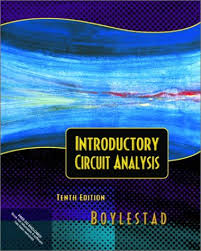Let's get started. Can you hear me back there? Loud and clear. OK. Let's get started. Before I begin, just a couple of announcements. Brad Buren is one of our students here and he needs a note-taker.
It's a paid position. So if you are interested you can stop by after class and see him. He's sitting right here out there, OK? Second, just a reminder that 6.002 does have prerequisites. And the prerequisites are 8.02 and 18.03.
So with that let me start off with the usual. Do a quick review of what we've done so far. So we started out life looking at the laws of physics and Maxwell's equations and so on. And those were way too hard so we said let's make life easy for ourselves.
So we chose to play in this playground in which we said we shall adhere to the lumped matter discipline. OK? The LMD. So we are in that playground. So this entire course, and for that matter large parts of EECS are within that playground, within which the lumped matter discipline applies.
So as soon as we jumped into the playground, the LMD playground, we could take Maxwell's equations and abstract them out into two very, very simple rules. And the very simple rules were KVL and KCL.
Download Video : MP4 | RM
KVL simply said that I can sum the voltages in any loop in a circuit and the result then would be zero. Similarly, I can sum the currents that enter or exit any node and the sum will also be zero. So what you can now do is, if you feel like, you can go around and brag.
Oh, yeah, we use Maxwell's equations in everyday life and, yeah, it's good stuff. And the key is that this is really an encapsulation of Maxwell's equations within this playground that we are in. So I talked about the first method of circuit analysis in the last lecture.
And that method simply took the, wrote KVL for all the loops, wrote KCL for all the nodes and wrote element vi relationships. And together gave you a big bunch of equations. And you sat down and grunged through the equations and you solved for branch voltages and currents.
So we reviewed a second method of circuit analysis. And I'll simply call it circuit composition. The basic idea behind this method was to learn some simple rules of how resistors add and conductances add and so on and so forth and look at a circuit and simplify the circuit by making series simplifications when the resistors are in series and so on and so forth, and compose it and play around with it till we end up with the current, the voltages that we are looking for.
This is the intuitive method. And so a section in Chapter 2, I believe, of the course notes discusses several examples using this method and attempts to make a little bit formal the intuitive approach that is applied in this method.
So we then looked at the node method. And the node method was simply a particular way of applying KVL and KCL. Node method, remember? We took a ground node. Then we labeled the nodes of the remaining voltages with respect to that ground.
And More...watch the Video !




















